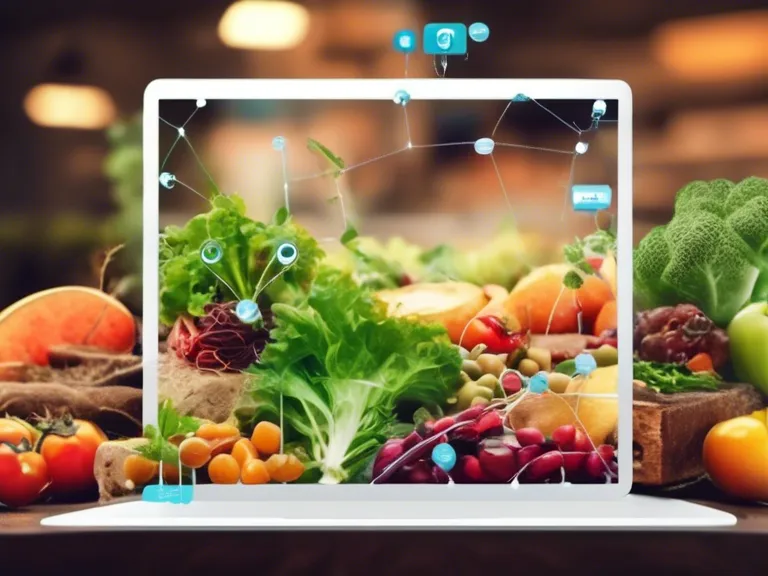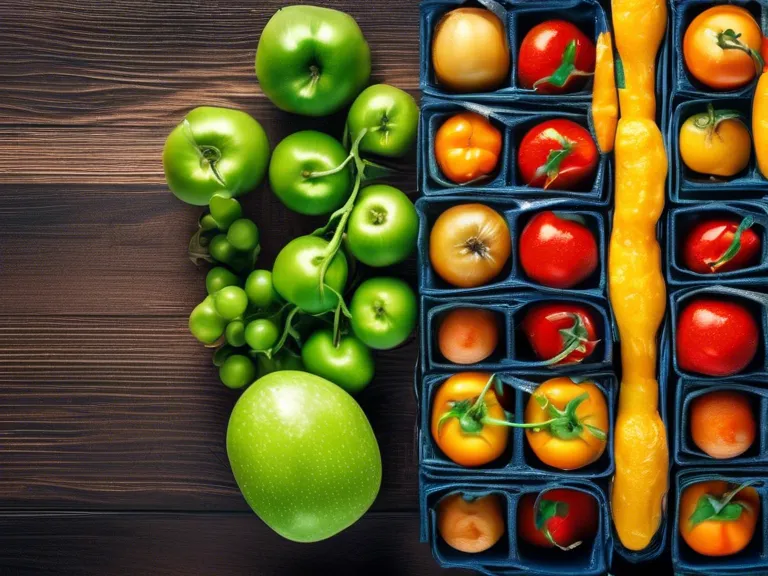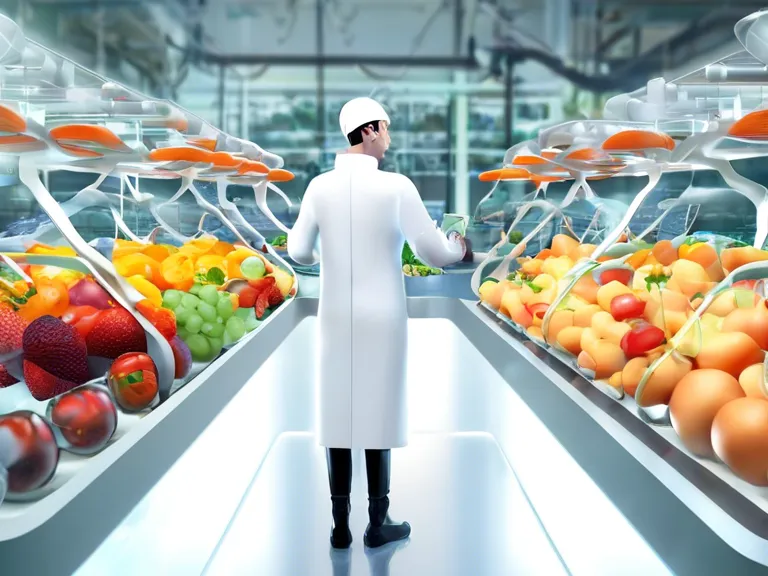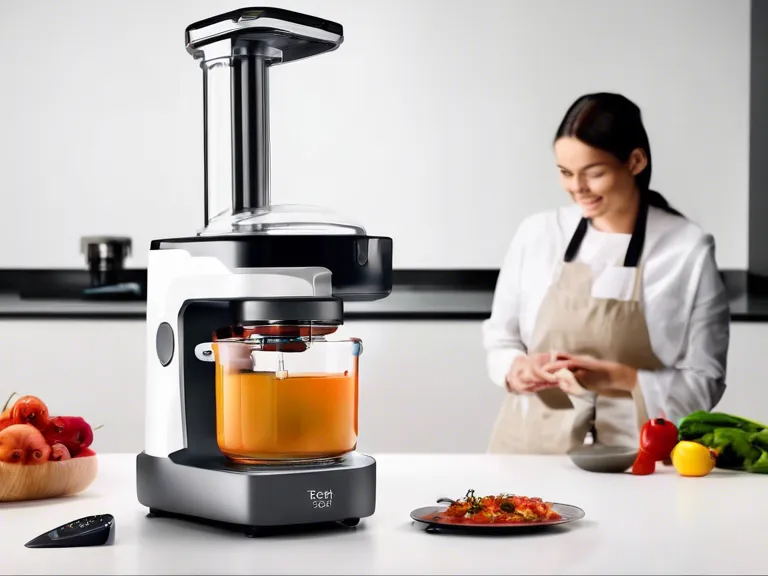
Internet of Things (IoT) technology is revolutionizing the way we produce, distribute, and consume food. By leveraging IoT devices, sensors, and data analytics, we can create smart and sustainable food systems that improve efficiency, reduce waste, and enhance food safety. This article explores the role of IoT in shaping the future of our global food systems.
IoT devices play a crucial role in monitoring and controlling various aspects of the food supply chain, from farm to table. Farmers can use IoT sensors to monitor soil quality, temperature, humidity, and crop health in real-time, allowing them to make data-driven decisions that optimize yield and minimize the use of water and pesticides. In addition, IoT technology can help track the location and condition of food products as they move through the supply chain, ensuring timely delivery and minimizing spoilage.
In the food processing and distribution sector, IoT devices can help improve operational efficiency and food safety. By monitoring equipment performance and environmental conditions, companies can proactively detect issues and prevent food contamination. IoT sensors can also track the temperature and humidity of food products during storage and transportation, ensuring compliance with safety regulations and reducing food waste.
At the consumer level, IoT technology is revolutionizing how we make food choices and manage our diets. Smart kitchen appliances and connected devices can help individuals track their food consumption, monitor nutritional intake, and reduce food waste. IoT-powered grocery shopping platforms can suggest personalized meal plans based on individual preferences and dietary requirements, making it easier for consumers to make healthy and sustainable food choices.
Overall, IoT technology has the potential to transform our food systems into more efficient, transparent, and sustainable networks. By harnessing the power of IoT devices, sensors, and data analytics, we can create a future where every aspect of the food supply chain is optimized for sustainability and resilience.



